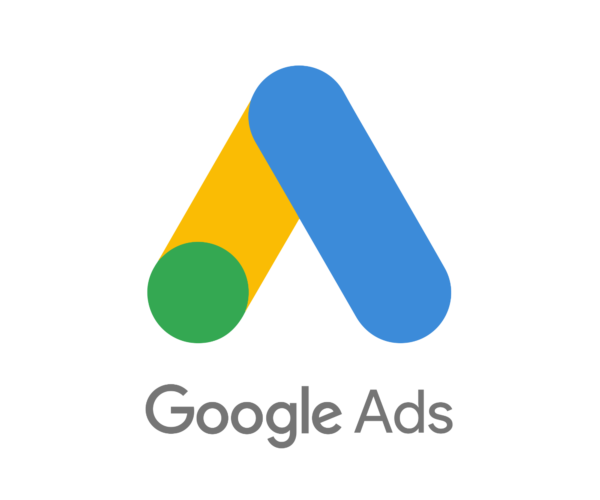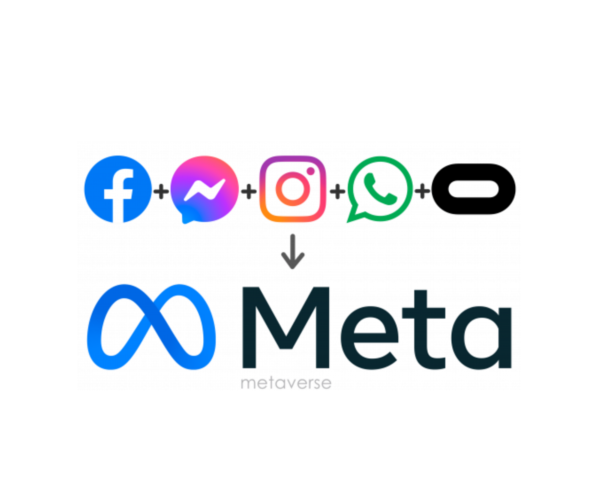Pay-per-click - Google AdWords / Bing
When many companies think about advertising, it can often be quite tempting to seek out customers who are ready to purchase their product or service right now. Naturally, this leads them to areas such as pay-per-click advertising, where people are actively searching for the products and services they offer.
This is a worthwhile activity and, when setup and managed properly, can generate a good stream of sales for the business. This is known as response marketing and it typically accounts for a large portion of advertising budgets – primarily because it is relatively easy to measure, the time to generate leads is short and in many ways it is the most well-understood approach for business owners.
Of course, many companies are aware of this approach and are likely to be investing heavily in it themselves. This competitiveness drives up demand and cost.


Social media advertising - Facebook, Instagram, Linkedin
In recent times, business owners have also been considering other routes to their customers without such a heavy price tag. Social media marketing is now very popular thanks to its ability to find people who have particular interests or views.
Social media marketing is very much content-based, meaning it is driven by images, videos, comments from others and ‘engagement (reacting with things like likes and shares). Social media campaigns are a way to generate a response from a set of peers, and enable those peers to show their experience with the brand, and for the brand to be able to communicate back!
While popular, social media advertising is cheaper (per visitor) than pay-per-click advertising. The ROI achieved relies heavily on good content to be able to entice people to take in the content, rather than scroll past it. It also requires that the content is engaging enough for people to comment (it needs to be remarkable!).
Many advertisers on social media have, unfortunately, started giving the platform a bad name and so building trust on the platform is critical to success. We suggest a very active social media account and that your page and Google profile has positive reviews!
Remarketing (email marketing and Google display)
The next form of digital advertising is remarketing. This means putting messages out to people who already know and interact with your brand. This could be in the form of offers, updates or just advertising.
Remarketing is primarily done by email. Historically any customer would automatically go onto a direct marketing list. Following GDPR, active consent is required for customers to sign-up to receive non-essential business communications (ie. marketing materials).
Many companies now offer incentives to customers when asking them to join marketing lists, for example, 10% off their first purchase. This is because they understand that remarketing works – they have a consistent group of people who have shown interest and are receptive to making purchases.
Another approach for remarketing is tracking website visitors. Using a Meta (formerly Facebook) Pixel or Google Analytics tracking code, websites can serve adverts to people who visit their website on those platforms. That means Facebook, Instagram, Whatsapp, Google products such as Gmail and Youtube.
Remarketing is highly underrated and often significantly cheaper than any of the other forms of marketing discussed. Stats show that the success rate of selling to a customer who knows you is 60-70%, while the success rate of selling to a new customer is 5-20%. In other words, new customers are around 5x more expensive than returning customers.
Understanding the changing digital landscape and the 95-5 rule
While many things in life stay the same, the world of digital marketing is constantly evolving. Advertising products change, business habits and preferences shift, new legislation is introduced, old technology is phased out and new research can fundamentally change the way businesses think about their approach when aiming towards success.
One recent piece of research, conducted by the B2B institute, has the potential to change the approach of advertisers and those looking to build an effective marketing strategy in the B2B space. It is a concept which at first glance seems obvious, but has key ramifications for how businesses should think about marketing when looking to grow in the B2B space.
Again, while simple in real terms, there are core factors to consider that are contained in this idea. Many companies do not have a tendering process unless they are very large or in the public sector. That means purchasing decisions are often not based on price, they are based on what the purchasing manager (or the person tasked with making a particular decision) knows.
So – what does the purchasing manager in any given organisation know about products and services they only purchase once every five years? The answer is very little. More than that, they will often look to make decisions that are not risky. In short, they will look to brands that they know to be safe choices and offer solutions which are highly relevant to their situation, ie. that clearly show them how they can deal with their specific issue.
Of course, another way of putting this is that bigger brands tend to secure more business – they have a bigger reach and operate in more areas, so typically have more exposure when the time to make a decision comes.
So where is the opportunity for smaller businesses then?
Well, many businesses need to think of building their awareness and demonstrating their knowledge about their customer situations rather than their sales funnel and call to actions. Thinking more broadly about the types of situations customers may be in (for example being stuck with a provider and not knowing how to get out) may be powerful strategies and help generate marketing, which will stand out from the big names.
Other work to gain recognition, such as awards, can give brand security in the minds of decision-makers and activities such as aligning with the core values of brands in areas such as sustainability, charity or community may also gain great traction when it comes to businesses making their purchasing decision down the line.
What digital advertising means for your business
To summarise, many businesses know and use AdWords and / or Social Media Marketing (Facebook / Linkedin) to help them identify customers who are ready to purchase and who may be receptive to their marketing. Many businesses also understand the ways to remarket to their customers and that this can be a cost-effective approach.
This new research highlights the need for companies in the B2B space understand the drivers behind decision-making and make sure their brand is in the mind of purchasers.
Want to learn more about Digital Marketing?
We help companies of all sizes develop strategies that help them secure more leads, stay ahead of the competition and allow them to think about their long-term growth plans.
More than anything we love to talk to business owners and give them an opportunity to have an unbiased conversation about what they are doing and how we can help.